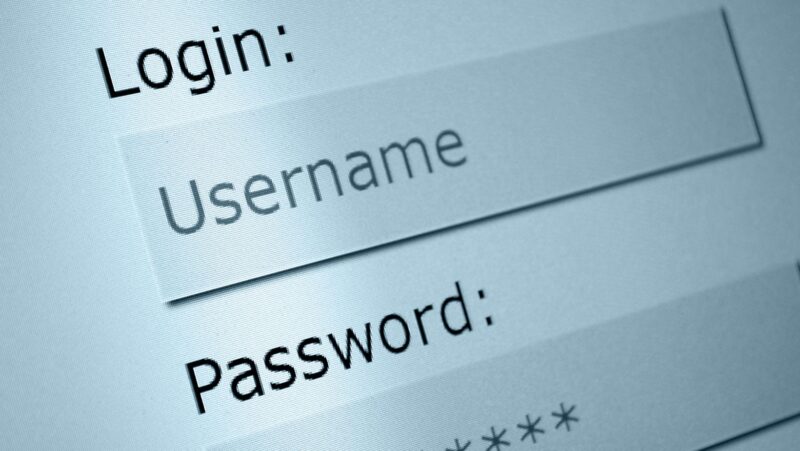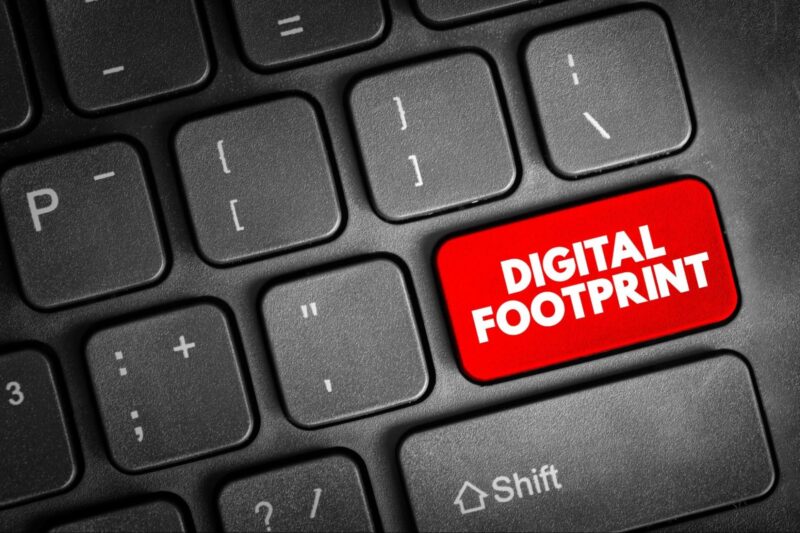
The advancement of the internet and digital devices has revolutionized our lives with positive aspects. But, sometimes, it brings certain challenges as well. For example, you need to protect your sensitive data from the increasing risk of malware and cybersecurity attacks. In this article, we’ll walk you through some common signs of cybersecurity threats on digital devices.
Kinds of Cybersecurity Threats
The huge storage space, cloud services, and other storage devices make it easier to store data. But, it increases the risk of cybersecurity attacks. Malware is the most common cybersecurity threat that breaches the network. Other cybersecurity attacks include phishing attacks, man-in-the-middle attacks, password attacks, or denial-of-service attacks.
Signs of Cybersecurity Risks
As you read above, there are different types of malware. Hence, they can damage your computer, its functioning, and more aspects. Identifying some of them can be easy. However, others havoc your device silently. Here are some of the signs that could show your computer is infected by malware.
Frustrating Ads
When you receive unexpected or disturbing ads, it might be a sign of malware infection. This type of malware is called spyware. It can be dangerous as it can gather and steal your confidential details without your knowledge. These ads are designed to track users’ web browsing data and online activities to collect personal information.
Sudden Pop-up Windows
You may not like to see annoying pop-ups on your computer screen, particularly when you are browsing the web. Fake and unexpected virus warnings state that you have about security risks. They will prompt you to call on a number or click on a link for better protection. Legitimate protection software never makes users ring on a customer service number.

Sudden Traffic Rises
The internet connection can turn down repeatedly, and it’s normal to experience slow speed. However, if you notice no WiFi but there’s a suspicious increase in internet traffic, it can be due to malware infection. If any unusual high network activity occurs on your system, find its reason. Check if there is any program that is downloading data. Figure out if there is any latest update for Windows or a specific app.
Low Drive Space
If your hard drive suddenly runs out of space, it could be the cause of a malware infection. Disk bombs or self-replicating viruses can harm your system by quickly occupying the hard drive space by creating its copies. Sometimes it becomes difficult to find as added files disappear under default file-browsing settings.
Abrupt File Shortcuts
Using an external flash drive or USB drive without prior scanning could show the presence of shortcut files. If you notice that documents turned into shortcut files, it could be a warning sign of an infected computer. These malicious files can rename your files, affect data, and cause more hassle. So, do a complete scan of the USB drive and use several layers of security.
Slow System Performance
Another sign that your computer is infected with malware is a slow-running system. If your computer suddenly takes more time to start, it will be infected with a certain kind of malware. Usually, viruses slow down the performance by making small and easier tasks take longer time to execute. It slows down bandwidth, operating systems, and programs.
Strange System Crashes
If you’re dealing with a sudden computer crash or freezing, it could be possible that it is malware infected. It may happen that your computer will stop working inexplicably and restart on its own. The Blue Screen of Death triggered by malware asks the user to disable recently installed software and restart in safe secure mode.
Normal Device Functioning
If everything is normal on your computer, it could be the silence before the storm. This is the scariest possibility that your system may have been infected with malware. Spyware silently works on your device, causing no damage but monitoring your online activity. In addition, they can hack your login passwords and other personal details.
Unfamiliar Desktop Icons
Another warning sign that shows that your device is infected with malware is the unknown icons on the screen. It could be due to accidentally downloading sneaky programs like PUA and PUPs. These malicious programs can cause data leakage, add toolbars to the browser, and do more damage. In addition, they come with several suspicious software installed on the device.

Disabled System Protection
If the update module of your antivirus solution is disabled or it doesn’t work properly, it could be malware-infected. Some kinds of malware can disable the security solution and leave your system without any protection. To fix the issue, add multiple layers of security and protection. Traditional antivirus solutions can’t detect and remove advanced malware.
Uncommon Error Messages
Sometimes it happens that you will receive unusual error messages on your computer, tablet, or smartphone. These messages could say that there is a bug in your device that needs to be removed. These messages showing corrupt files tell that your device has been compromised. Use next-generation anti-malware solutions to protect your device.
Unusual Error on Browser
A malware-infected device can show unusual errors such as Flash not working on your browser or similar messages. No matter whether you are using Chrome, Safari, Firefox, Internet Explorer, or any other browser, you may get a variety of messages. To fix this problem, keep your OS updated. Scan your files and apps, and ensure you are using the latest version of Adobe Flash installed.
Ways to Prevent Cyber Threats
If you’re unsure where to start or need extra help, a trusted Detroit IT support service provider can guide you with best practices for your local firm’s overall security. Still, to avoid dealing with cybersecurity attacks, it is recommended to take precautionary measures. First, don’t use the same password regularly. Keep changing those most frequently. Second, never click on fraudulent emails and links. Third, regularly back up your data and update the latest version of apps and operating systems. Finally, don’t forget to turn on two-factor authentication.
The Conclusion
It’s frustrating to wait while your webpage or too-long files or app is loading. But don’t ignore them, as they could be the signs of malware and cybersecurity threats. Keep looking for the most frequent signs of virus infections to stay on the safe side. Whenever you find any of the above-mentioned signs, take immediate action based on the malware you have.






